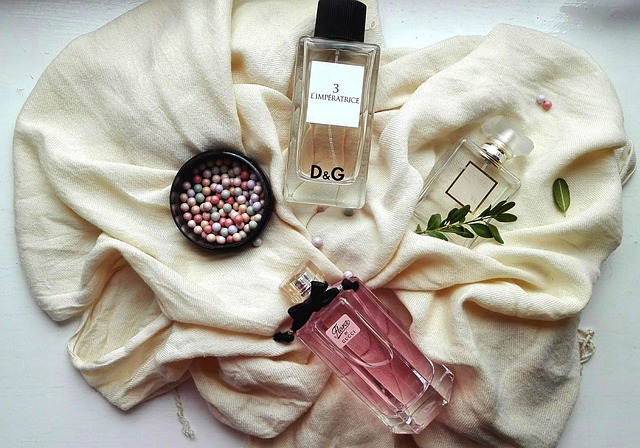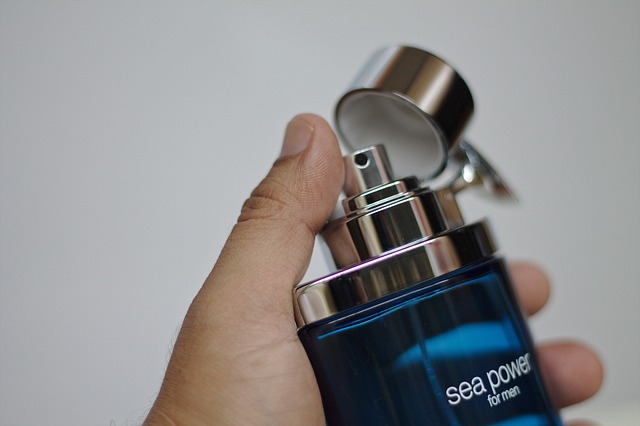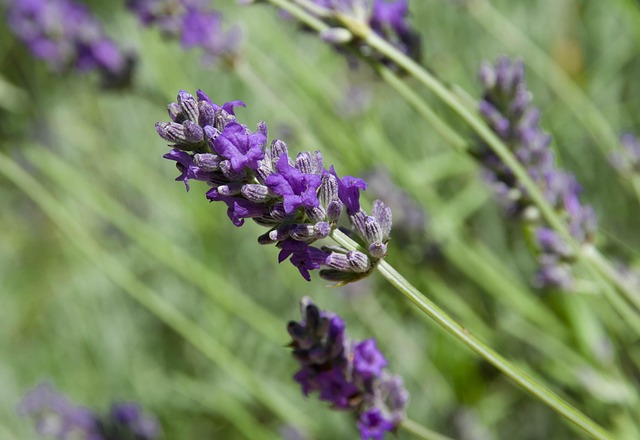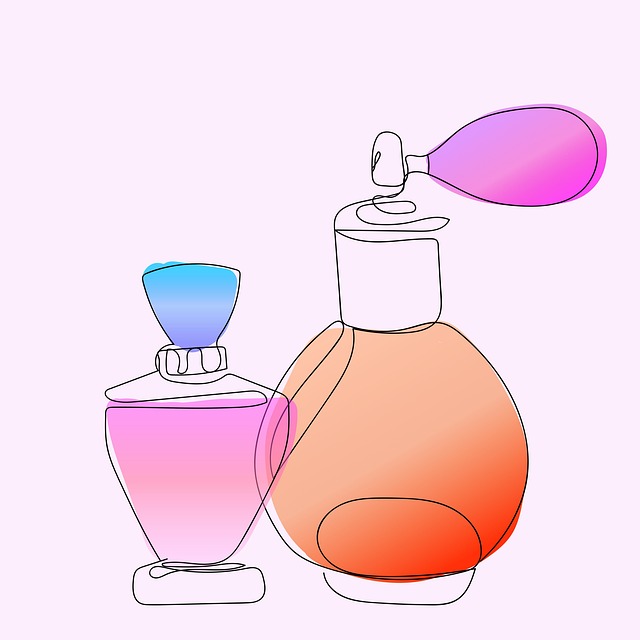Chanel Perfume exemplifies the balance between natural and synthetic scents in perfumery. Natural essences from plants blend with laboratory-crafted compounds to create iconic aromas like Chanel Cologne. Understanding this dichotomy helps appreciate fragrances, highlighting Chanel's mastery in both, ensuring enduring scents that transcend trends. The brand prioritizes quality and sustainability in raw material sourcing for their signature natural offerings, appealing globally.
“Uncover the subtle art of fragrance with our comprehensive guide. In a world where scent plays a pivotal role, discerning natural from synthetic notes is an essential skill. We explore the nuances through the lens of Chanel’s perfumery mastery and delve into the science behind scent detection.
From understanding ingredient sources to identifying synthetic elements, this article navigates the intricate journey. Discover how brands like Chanel craft their iconic fragrances while shedding light on the environmental impact of natural ingredients.”
- Understanding Natural vs Synthetic Scents
- The Art of Perfumery: Chanel's Approach
- Detecting Synthetic Notes in Fragrances
- Natural Ingredients: Sourcing and Impact
Understanding Natural vs Synthetic Scents

The world of fragrances offers a delightful dance between natural and synthetic scents, each with its unique allure. At the heart of this debate lies the question: does a scent exude an authentic, natural essence or is it crafted in a laboratory? One renowned brand that has mastered the art of perfumery is Chanel. Their iconic Chanel Perfume, for instance, is a masterpiece known for its exquisite blend of natural and synthetic notes. This delicate balance creates a fragrance that captivates the senses, leaving a lasting impression.
When we talk about natural scents, they are derived from essential oils and extracts obtained directly from plants, flowers, fruits, and spices. These ingredients offer a true representation of their source, often with a more straightforward, recognizable aroma. On the other hand, synthetic fragrances involve creating odors in a laboratory using chemicals and compounds designed to mimic natural scents or forge entirely new ones. Chanel Cologne, for example, showcases the brand’s expertise in crafting synthetic scents that still maintain an air of sophistication and luxury. Understanding this distinction is key to appreciating the art behind perfumery and choosing fragrances that resonate with our personal preferences.
The Art of Perfumery: Chanel's Approach

In the realm of perfumery, Chanel stands as an iconic force, renowned for its exquisite craftsmanship and signature scent that captivates the senses. The brand’s approach to creating fragrances is a true art form, where each Chanel perfume tells a unique story, weaving together natural and synthetic notes in perfect harmony. Master perfumers meticulously blend essential oils extracted from rare flowers and fruits with carefully selected synthetic compounds, resulting in scents that are both sophisticated and captivating.
Chanel Cologne, for instance, is a masterpiece that perfectly balances the freshness of citrus notes with warm, woody undertones. By embracing a fusion of natural and synthetic ingredients, Chanel ensures their fragrances are not only memorable but also enduring, leaving an indelible mark on the wearer and those around them. This harmonious blend of elements is what sets Chanel apart, offering a truly exceptional olfactory experience that transcends fleeting trends.
Detecting Synthetic Notes in Fragrances

The world of fragrances is a delicate balance between capturing natural scents and crafting synthetic alternatives. One brand that has mastered this art is Chanel, renowned for its iconic perfumes that evoke a sense of luxury and sophistication. When it comes to detecting synthetic notes in fragrances, especially in popular offerings like Chanel Perfume or Chanel Cologne, the expertise lies in recognizing subtle nuances.
Synthetic notes are often identified by their intense, sharp edges, creating an artificial sensation on the skin. These notes might overpower natural ingredients, leading to a scent that feels more like a laboratory concoction than a delicate floral dance. Skilled perfumers meticulously select and combine essences to strike the perfect balance, ensuring that synthetic elements complement rather than dominate. By understanding these nuances, enthusiasts can appreciate the intricate craftsmanship behind their favorite fragrances, whether it’s a classic Chanel scent or a modern twist on a traditional cologne.
Natural Ingredients: Sourcing and Impact

Natural ingredients are a key consideration when it comes to discerning whether a scent is synthetic or genuine, especially in the realm of luxury fragrances like Chanel Perfume. Sourcing authentic raw materials is an art that renowned brands like Chanel dedicate themselves to mastering. They source their ingredients from around the globe, ensuring a commitment to quality and sustainability. This process often involves close relationships with local growers and producers who employ traditional methods, preserving both the integrity of the ingredients and the surrounding ecosystems.
When it comes to Chanel Cologne, for instance, natural scents are sourced with care, resulting in fragrances that capture the essence of nature without relying on synthetic alternatives. The brand’s expertise lies in blending these natural elements to create unique and captivating aromas that resonate with enthusiasts worldwide.






